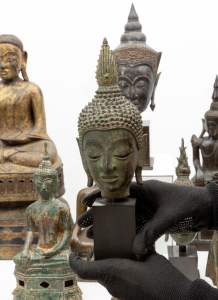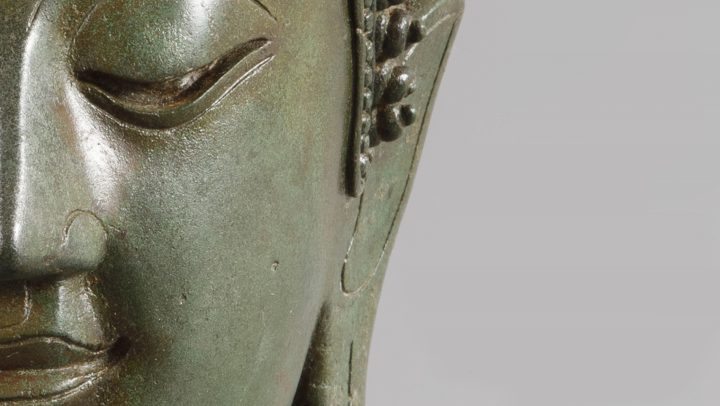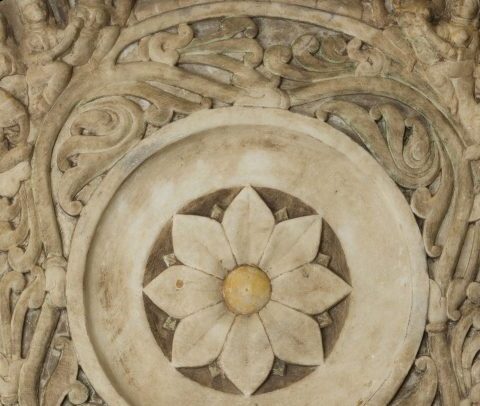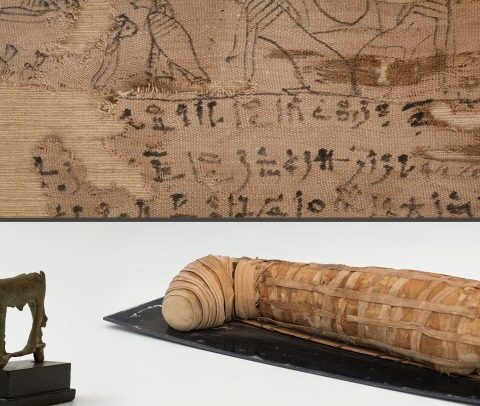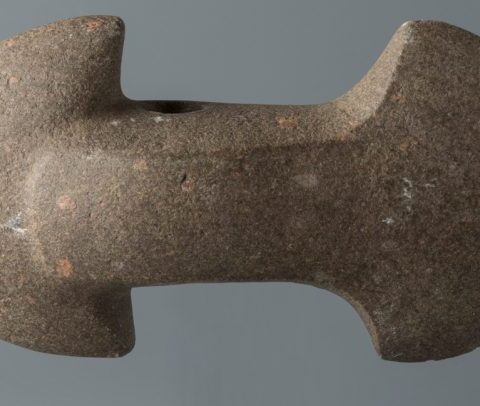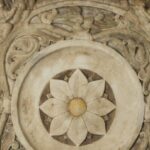The intricate history of Buddhist sculpture in Southeast Asia unfolds like a fascinating tapestry dating back to the 6th century. During that period, a cultural transformation known as the Indian cultural sphere took deep root, giving rise to a splendid religious art in service of Theravada Buddhism. uddhist kingdoms rose, some flourishing majestically for centuries, while others succumbed to the invasion of more powerful neighbors.
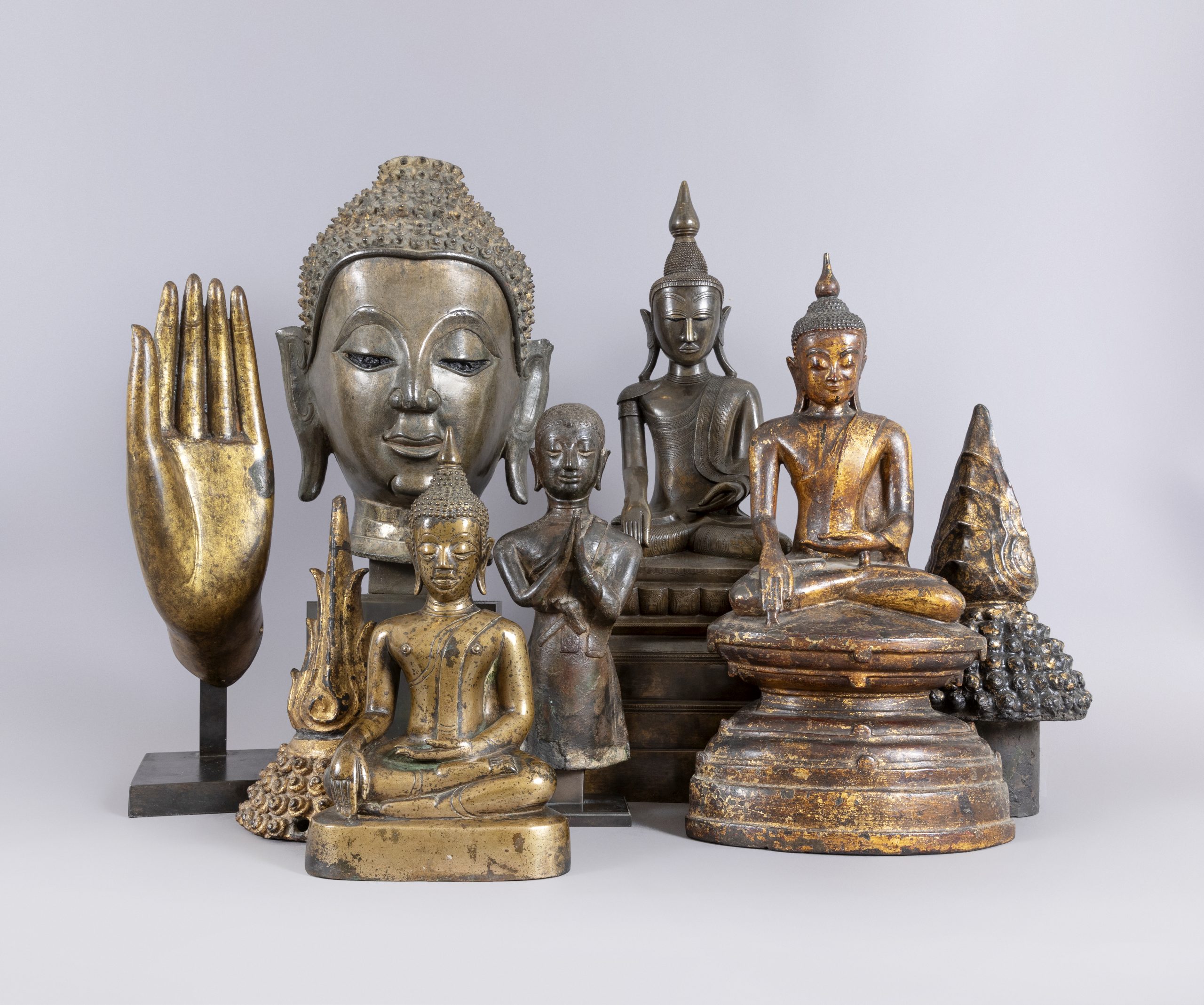
Representations of Buddha in Thailand, Burma, Laos, and Cambodia stand out as true gems, celebrated worldwide for their exquisite craftsmanship. These images not only capture the essence of Theravada Buddhism but also possess distinctive features and styles that intertwine and enrich each other over time. Although some reflect specific ethnic characteristics, all were meticulously created under strict iconographic canons, formulas, and diagrams, in accordance with the revered practices of this Buddhist lineage.
This artistic journey becomes a window to a past where the creation of Buddha icons in temples stands as a fervent quest for the highest spiritual power Seeking to emulate an original prototype that, according to belief, was shaped during Buddha’s lifetime, artists of the time dedicated their talents to perfecting the artistic development of these icons, turning it into the ultimate expression of their skills.
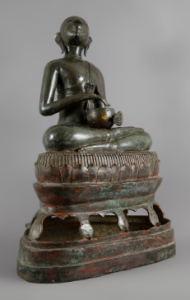
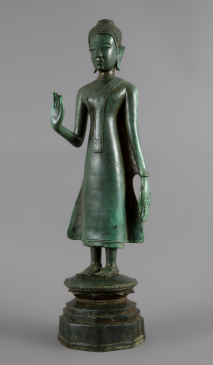
Fang School, Northern Thailand. s. XVI
Thus, among the shadows of history, emerge these canonical images of Buddha, known not only for their magical impact, but also for being venerated as acts of merit, whether they are installed in majestic temples or remain in the shadows of history. In addition to these imposing representations, a large number of small images of bronze, silver, stone, wood and terracotta were generated and kept in the mysterious storerooms of the temples.
In this artistic enigma, statues of Buddha, adorned with modest monk robes and devoid of ornaments, embody the renunciation of worldly desires. The continuity of this visual convention not only symbolizes the renunciation of earthly luxuries but also serves as a perennial reminder that Buddha, in his renunciation as a crown prince, abandoned worldly pleasures for a life of wisdom and compassion.
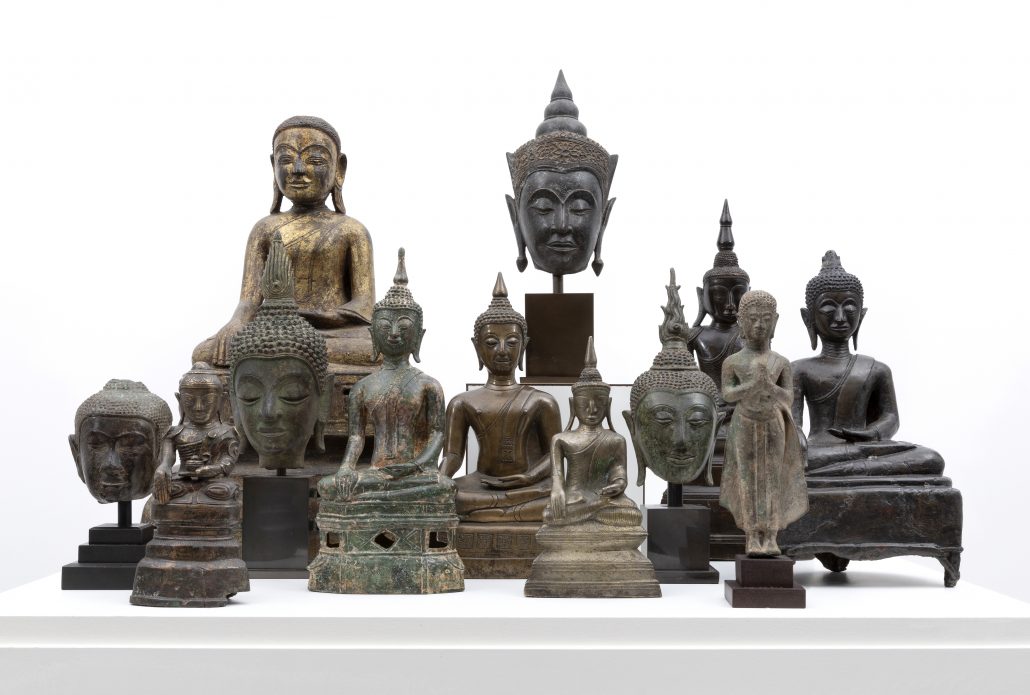
These representations transcend art to reveal the serene and peaceful essence of Theravada Buddhism, offering viewers a portal to timeless spirituality rooted in the lands of Southeast Asia, free from any desire and with an eternal smile.
